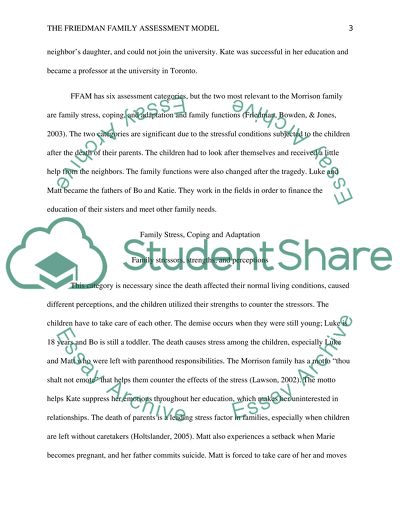Cite this document
(“The Friedman Family Assessment Model Essay Example | Topics and Well Written Essays - 2500 words”, n.d.)
Retrieved de https://studentshare.org/nursing/1402100-family-focused-health-promotion-assessment
Retrieved de https://studentshare.org/nursing/1402100-family-focused-health-promotion-assessment
(The Friedman Family Assessment Model Essay Example | Topics and Well Written Essays - 2500 Words)
https://studentshare.org/nursing/1402100-family-focused-health-promotion-assessment.
https://studentshare.org/nursing/1402100-family-focused-health-promotion-assessment.
“The Friedman Family Assessment Model Essay Example | Topics and Well Written Essays - 2500 Words”, n.d. https://studentshare.org/nursing/1402100-family-focused-health-promotion-assessment.


